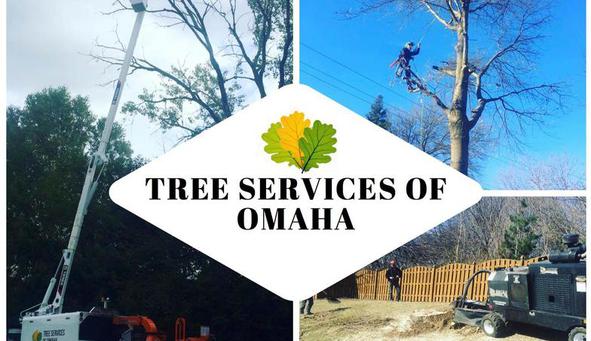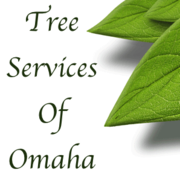Tree Services of Omaha - Omaha, Nebraska
Planting Trees Too Deep - Omaha, Nebraska
by David Steg on 01/22/16
Just like humans, trees and plants react similarly to stress. Trees that have been impacted by poor nutrition, compacted soils, drought, or other factors are more susceptible to disease and insets. Two of the most common stresses that impact a tree’s health include, deep planting and over-mulching.
A study from 2000 by Smiley and Booth found that 93% of trees are planted too deep! This number is astronomical, since this number also included the professionals who plant trees for a living. So, maybe planting trees isn’t as easy as we all thought.
Symptoms of trees planted too deep in the landscape:
- Reduced growth rate
- Dwarfed leave side
- Yellowing (can be mistaken for poor soil conditions)
- Late spring leaf emergence
- Early fall coloration
- Splitting Bark
- Increased susceptibly to borers and other insects
- Girdling roots
- Branch dieback
- Tree death
Sometimes these symptoms will not show up right away, especially if the deep plating is a a result of over-mulching a more established tree. To increase the chance of survival, it’s imperative to have the root collar exposed. When the root collar is buried too deep, it will stay moist and it becomes susceptible to insects an disease. The root systems will suffocate, because the exchange of oxygen and carbon dioxide drops as you move deeper into the soil.
How to Correct Deep Planting:
It is best to replant young, recently planted trees to the appropriate depth. They will be able to adapt and will grow into healthy trees, as they mature. Some trees will need to be transplanted. When transplanting, it is important to remove excess soil and any surface roots that have grown above the root flare. Since the soil will eventually settle, never dig the hole deeper than the hight of the root ball. Plant trees higher than the surrounding grade by 1-2” to help avoid covering the root flares.
Usually old trees have to stay put, but the soil around the root flares should be removed. While moving the soil away from the base of the tree, it is important to also remove surface or girdled roots because these can cause problems in the future. It is recommended that a certified arborist be consulted to properly expose the root flare on mature trees, to ensure survival and growth.
How to Correct Over-Mulching:
Over-mulching seems to be a growing problem these day. Homeowner like to keep weeds out of flower beds and around trees, but more often than not these practices are hurting our beloved trees. Mulch should never be touching the trunk of a tree. The mulch-free barrier should be around 6” per tree.
Mulch should be spread out in very thin layers (1.5-2”) per year, which helps the previous years mulch break down. Never apply more than a couple inches or mulch or this will cause a decline in our tree’s health. Remember, over- mulching has the same impacts on trees as deep planting.



